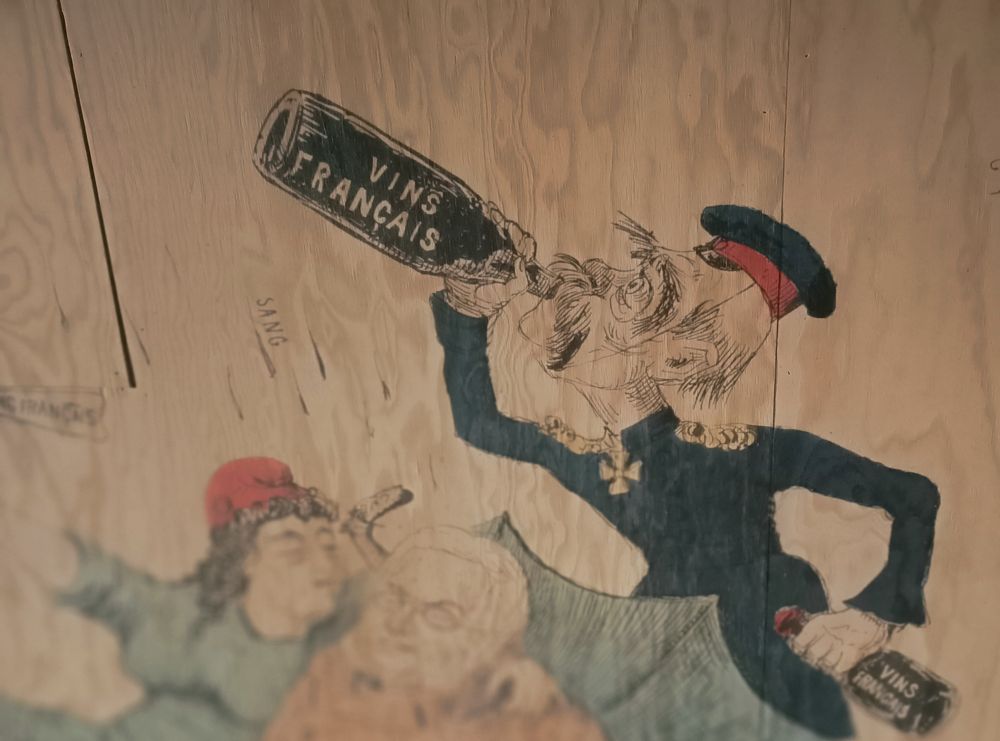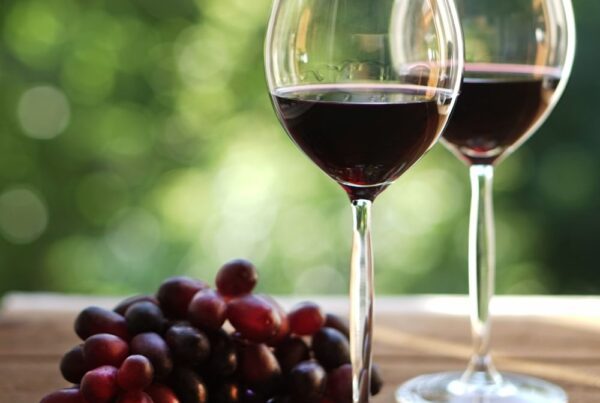Pigeage is a French word for a winemaking technique to extract color, flavor and tannins from red wine fermenting in vats by punching down skin, pulp and grape seeds, that have floated to the top forming a cap, with paddles either manually or mechanically.

Contents
What does Pigeage mean?
Pigeage is a French word meaning punching and refers to a winemaking technique known as punching down.
The skin, pulp and grape seeds in fermenting red wine float to the surface, with time, forming a mass known as the cap.
Pigeage is a cap management technique in winemaking.
When the cap is left to float on the top, minimal color, flavor and tannins are extracted from the fermenting wine.
It is one of a number of winemaking techniques that can be used by winemakers to overcome this issue.
Traditionally, pigeage is done by hand with a wooden pestle. The wooden pestle is used to push the cap down to mix with the grape juice.
Contact between the cap and the juice extracts more color, tannins and flavor from the skins.
It also prevents the growth of unwanted bacteria by keeping the cap moist.
Punching down manually can be dangerous as there is a risk the winery worker will fall into the vat or become intoxicated by carbon dioxide.
Nowadays, it is mostly done mechanically with machines that hang on overhead rails that can move from vat to vat to punch down the cap.
Machines are more efficient and consistent than a winery worker.
The art of pigeage
Winemakers need to determine the correct amount of pigeage or punching down for their particular grape.
Excessive or overly vigorous punching down can result in bitter, astringent wine and too little punching down can mean pale wine that lacks flavor and structure.
| Pigeage purpose | Pigeage when | Pigeage how often |
| Extract color, tannins, flavor from grape skins. | During red wine fermentation | Between 1-3 times per day for approximately 2 weeks, but no definite times. |
Pigeage video
Other cap management techniques
Pigeage is just one of a number of cap management techniques. Others techniques used include:
- Pumping over: This is a popular technique that involves drawing wine from the bottom of the fermentation tank and pumping it over the top of the fermenting grape must, wetting the cap.
- Rack and return: This technique involves transferring (racking) the wine from one tank to another, leaving the cap (sediment) behind in the original tank. The juice is then pumped back over the cap. This method is very extractive, so it is usually only done once or twice during fermentation.
- Rotary fermenters: The wine is fermented in rotating horizontal tanks. Cylindrical tanks rotate on an axis, which helps to keep the grape skins in constant contact with the juice. This improves the extraction of color, flavor, and tannins. The rotation can be controlled to adjust the intensity and frequency of contact, allowing winemakers to tailor the extraction according to the desired style of wine.
Read with confidence: I am a certified wine expert (WSET L3).





